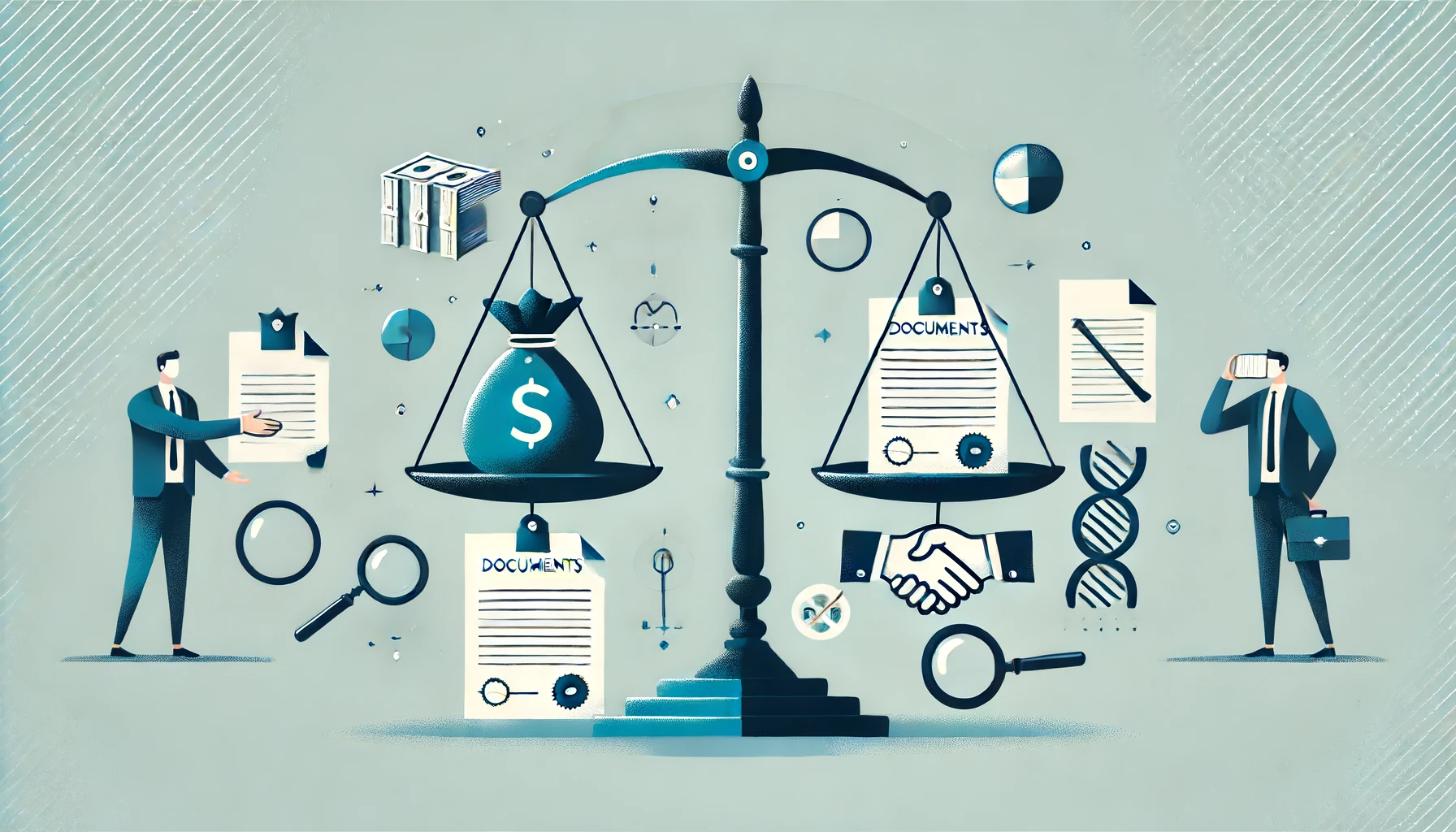Emotional distress can cause intense harm, affecting your mental and physical well-being. This awful experience can be debilitating, disrupting daily life and harming important relationships.
If you are living with emotional distress, you may be entitled to compensation. But what evidence do you need for emotional distress? And how much compensation can you receive?
The attorneys at Silva Injury Law understand the nuances of emotional distress claims. Our firm knows how to prove emotional distress in California and get positive results for our clients.
Call our firm at (209) 600-4389 or reach us online today to discuss your case and see if you qualify for compensation.
We offer free, no-obligation consultations.

California Recognizes Two Types of Emotional Distress
In California, proving infliction of emotional distress requires meeting specific elements. Depending on the situation, you can file a claim for negligent or intentional infliction of emotional distress.
Negligent Infliction of Emotional Distress (NIED)
According to California law, you need to prove the following elements to hold a defendant liable for NIED:
- The defendant was negligent;
- The victim suffered serious emotional distress; and
- The defendant’s negligence was a substantial factor in causing the victim’s serious emotional distress.
Keep in mind that NIED doesn’t require any level of intent. The defendant should have known of the danger they posed but failed to keep you safe.
Intentional Infliction of Emotional Distress (IIED)
On the other hand, an intentional act can lead to IIED.
IIED requires the following elements:
- The defendant’s conduct was outrageous;
- The defendant intended to cause the plaintiff’s emotional distress;
OR
- The defendant acted with reckless disregard of the probability that the plaintiff would suffer emotional distress, knowing that the plaintiff was present when the conduct occurred;
- That the plaintiff suffered severe emotional distress; and
- That defendant’s conduct was a substantial factor in causing the plaintiff’s severe emotional distress.
California defines severe emotional distress as “not mild or brief…it must be so substantial or long-lasting that no reasonable person in a civilized society should be expected to bear it.”
Examples of Emotional Distress
Each person experiences and handles emotional distress differently, so this condition can take many forms.
Some of the most common symptoms include:
- Suffering—enduring pain or hardship, whether physical or emotional, that affects one’s well-being and quality of life;
- Anguish—intense emotional suffering or torment, often accompanied by feelings of despair or helplessness;
- Fright—overwhelming fear or sudden alarm, typically triggered by a perceived threat or danger;
- Horror—extreme shock or revulsion in response to a terrifying or gruesome event;
- Nervousness—feelings of unease, apprehension, or tension, often accompanied by jitteriness or restlessness;
- Grief—deep sorrow or mourning experienced in response to a loss, such as the death of a loved one or the end of a relationship;
- Anxiety—persistent worry, fear, or nervousness about future events or uncertainties, which can interfere with daily functioning;
- Worry—concern about potential problems or negative outcomes, often accompanied by feelings of unease or agitation;
- Shock—a sudden and intense emotional reaction, typically in response to unexpected or traumatic news or events;
- Humiliation—feelings of embarrassment, shame, or degradation, often resulting from public exposure or ridicule; and
- Shame—painful feeling of guilt, regret, or unworthiness, often stemming from a perceived failure or moral transgression.
If you experience any of these feelings due to the actions of another, call Silva Injury Law. Our attorneys are here to review your case and see if you deserve compensation.
Steps to Prove Emotional Distress
The process of getting damages for emotional distress can be daunting. It helps to break it down into manageable steps. Following these steps will help you prove emotional distress and secure the compensation you deserve.
Identify Potential Liable Party
To prove emotional distress, you must identify the party responsible for your suffering. This involves determining who had a duty of care toward you and breached that duty, resulting in harm. This process can be difficult, so it’s best to work with an experienced attorney.
Seek Medical or Psychological Treatment
Getting medical care is essential for both your well-being and your legal case. A professional diagnosis and documentation of your emotional distress can strengthen your claim. Additionally, treatment can help reduce symptoms and show the severity of your condition to the court.
Document Symptoms and Impact
Keep detailed records of your symptoms and how they impact your daily life. This includes physical issues, such as headaches or insomnia, as well as emotional symptoms like anxiety or depression. Also, keep a journal to document the impact of your distress on work, relationships, and overall quality of life.
Gather Witness Testimonies
Witnesses can corroborate your story in support of your emotional distress claim. For example, friends, family members, coworkers, or bystanders can provide valuable testimony. Their accounts can lend credibility to your claim and strengthen your case in court.
Collecting Other Relevant Evidence
Look for anything else to show how the other party is at fault or the extent of your injuries. This may include photographs, videos, or recordings of the incident, as well as written communications related to the event. The more evidence you can present, the stronger your case will be.
How Silva Injury Law Can Help
You can’t navigate the legal process on your own. Our team knows how to prove emotional distress in California and will fight to seek the compensation you deserve.
Track Record of Proving Emotional Distress
Silva Injury Law boasts a team of attorneys who know how to win emotional distress claims. With over 20 years of experience, we understand the intricacies of these situations and know what it takes to build a compelling case. Our record of success speaks to our ability to navigate complex legal processes effectively.
Comprehensive Legal Representation
When you hire Silva Injury Law, you’ll receive comprehensive legal representation from start to finish. We handle all aspects of your case, from conducting thorough investigations to representing you in negotiations or court proceedings. Our goal is to reduce your stress by taking care of every detail on your behalf.
Personalized Support and Guidance
We prioritize providing personalized support and guidance to each of our clients. Our firm understands that dealing with emotional distress can be overwhelming. We take the time to listen to your concerns and address any questions or uncertainties you may have. In all, you can count on us to be your dedicated advocate throughout the entire legal process.
Skilled Negotiation
All of our attorneys have spent years refining their negotiation skills. Our techniques and approach help us get the best possible outcome for you. Whether negotiating with the other side or their insurer, we’ll show how the defendant is liable and why their actions caused your injuries.
Courtroom Representation
While negotiation often leads to favorable results, it’s sometimes best to take a case to trial. Our attorneys have extensive experience arguing in front of juries and know how to prove emotional distress in court. With our insight and dedication, we will fiercely advocate for your rights and interests in the courtroom. Our advocacy will ensure you receive fair and just treatment under the law.
Schedule a Free Consultation
Call Silva Injury Law to take the first step towards seeking justice for your emotional distress. Our attorneys have helped recover millions of dollars for clients. We know how to prove California emotional distress damages and will work hard to get results for you.
Contact us online or call (209) 600-4389 today to schedule your free consultation and start the journey towards resolution.

















 EMAIL
EMAIL  Ask AI
Ask AI  Access
Access